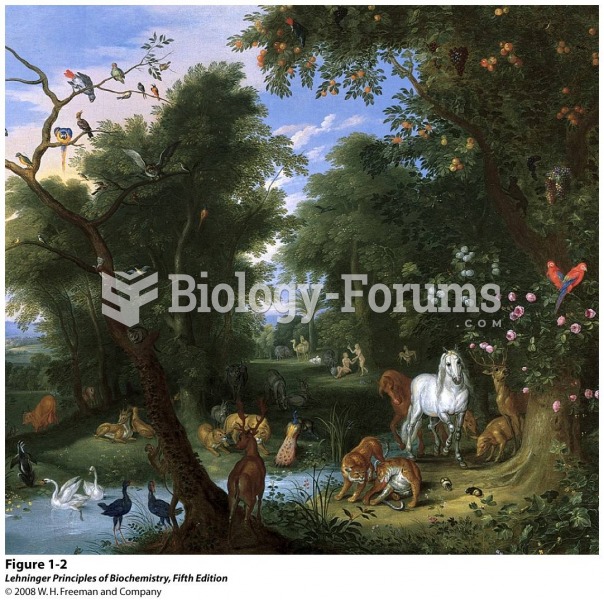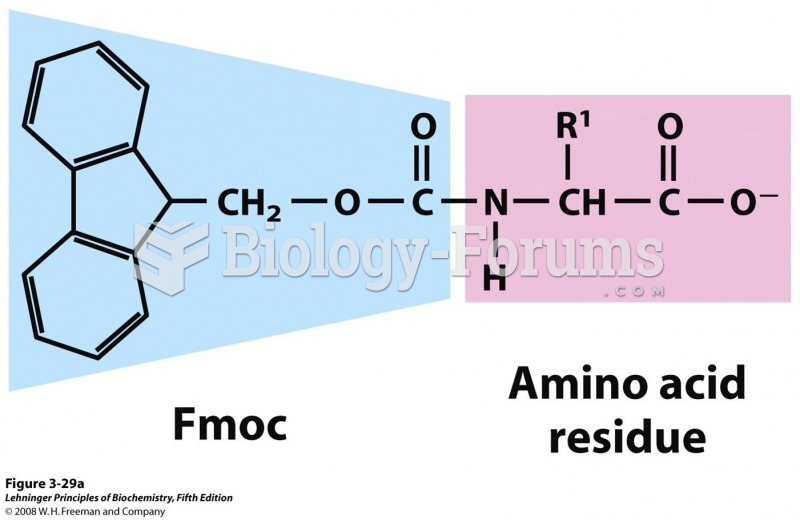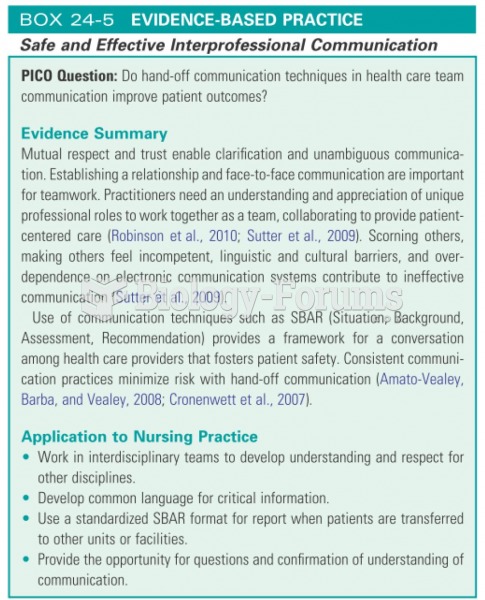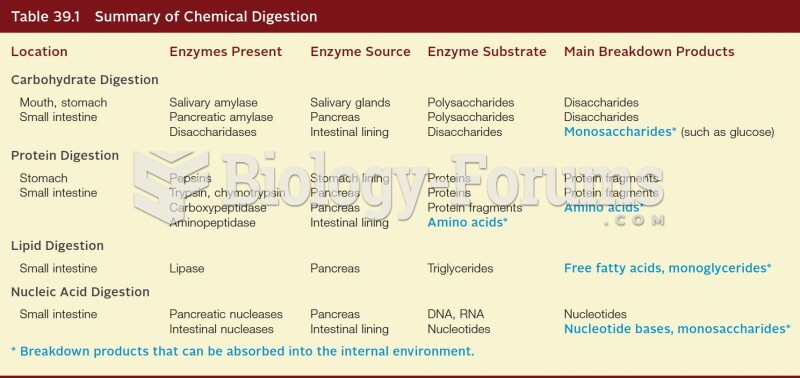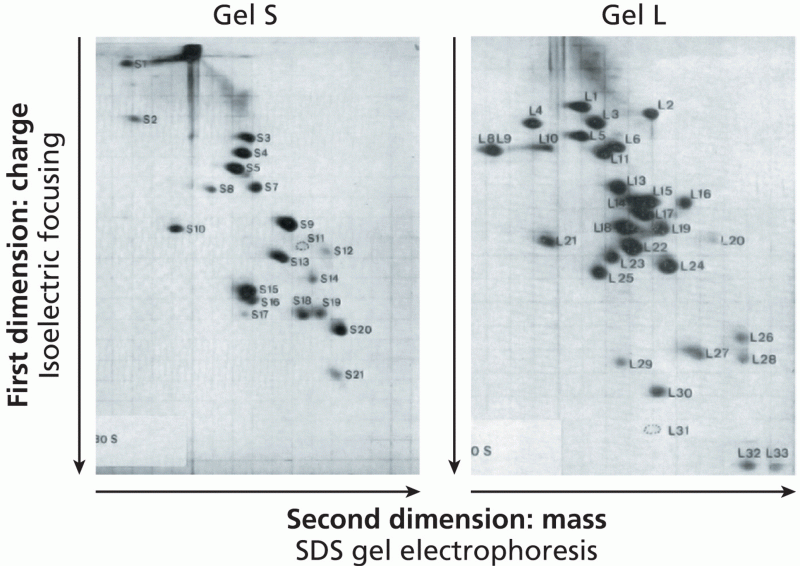Answer to Question 1
b
Answer to Question 2
The arcuate nucleus of the hypothalamus has one set of neurons sensitive to hunger signals and a second set sensitive to satiety signals. Damage to one set or the other can lead to starvation or excessive eating. The hunger-sensitive cells receive excitatory input from the taste pathway and from axons releasing the neurotransmitter ghrelin. The stomach releases ghrelin during a period of food deprivation, where it triggers stomach contractions. Ghrelin also acts on the hypothalamus to increase appetite.
Much of the output from the arcuate nucleus goes to the paraventricular nucleus of the hypothalamus. The paraventricular nucleus (PVN) inhibits the lateral hypothalamus, an area important for eating. The hunger cells in the arcuate nucleus inhibit the paraventricular nucleus and the paraventricular nucleus inhibits the lateral hypothalamus. The inhibitory transmitters here are a combination of GABA, neuropeptide Y (NPY), and agouti-related peptide (AgRP).
Axons from the satiety-sensitive cells of the arcuate nucleus deliver an excitatory message to the paraventricular nucleus, releasing melanocortins. Melanocortin receptors in the paraventricular nucleus are important for limiting food intake, and anything that damages these receptors leads to overeating.
The amygdala and related areas send two kinds of input to the lateral hypothalamus. One path inhibits eating during illness and mediates aversion to foods previously associated with illness. The other path stimulates eating in response to highly tasty foods.
An additional pathway from the paraventricular nucleus leads to cells in the lateral hypothalamus that release orexin. Orexin has two roles in feeding. First, it increases animals' persistence in seeking food. Second, orexin responds to incentives in general. If orexin receptors are blocked, an animal becomes less active and less likely to work for reinforcement of any kind.
Output from the paraventricular nucleus acts on the lateral hypothalamus. The lateral hypothalamus controls insulin secretion, alters taste responsiveness, and facilitates feeding in other ways. The lateral hypothalamus contributes to feeding in several ways:
Axons from the lateral hypothalamus to the NTS (nucleus of the tractus solitarius), part of the taste pathway, alter the taste sensation and the salivation response to the tastes. When the lateral hypothalamus detects hunger, it sends messages that make the food taste better.
Axons from the lateral hypothalamus extend into several parts of the cerebral cortex, facilitating ingestion and swallowing and causing cortical cells to increase their response to the taste, smell, or sight of food.
The lateral hypothalamus increases the pituitary gland's secretion of hormones that increase insulin secretion.
The lateral hypothalamus sends axons to the spinal cord, controlling autonomic responses such as digestive secretions.
Output from the ventromedial hypothalamus (VMH) inhibits feeding and therefore damage to this nucleus leads to overeating and weight gain. Some people with a tumor in that area have gained more than 10 kg (22 lbs) per month.


